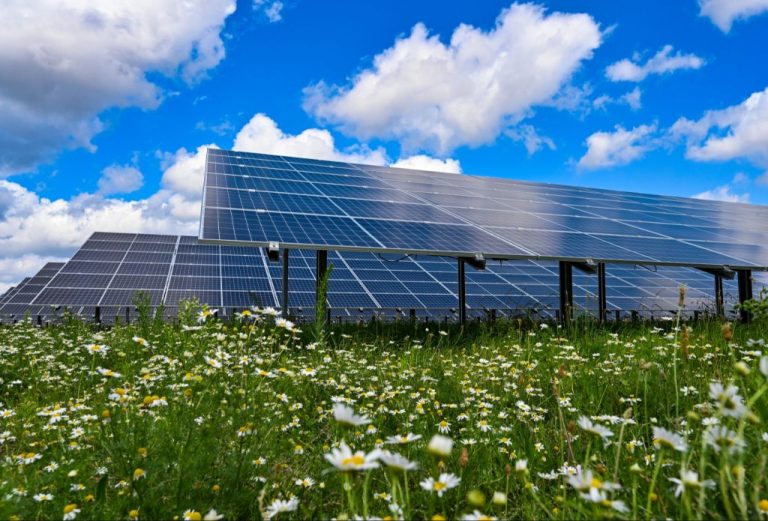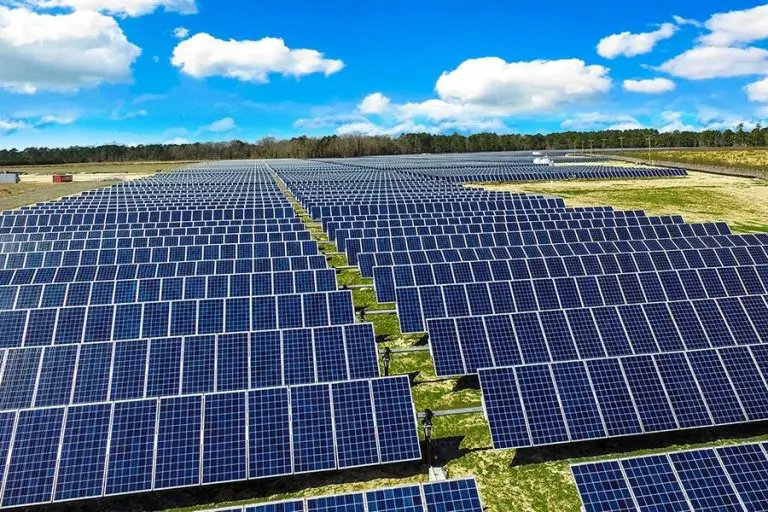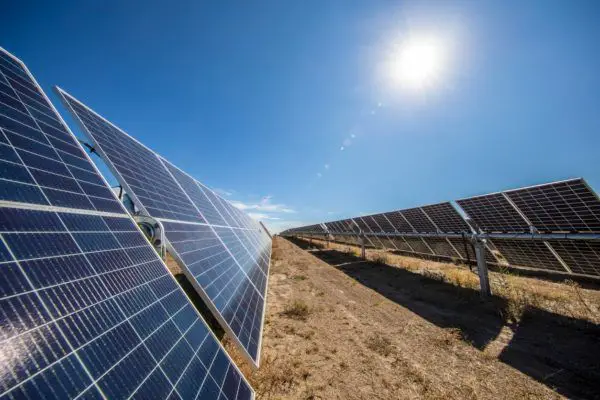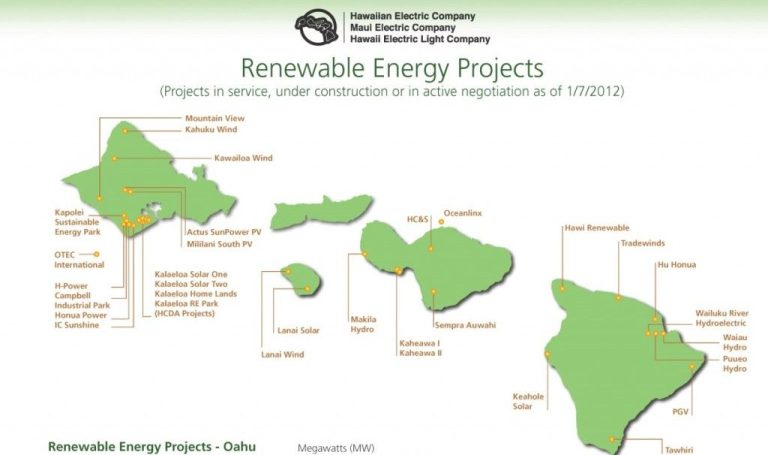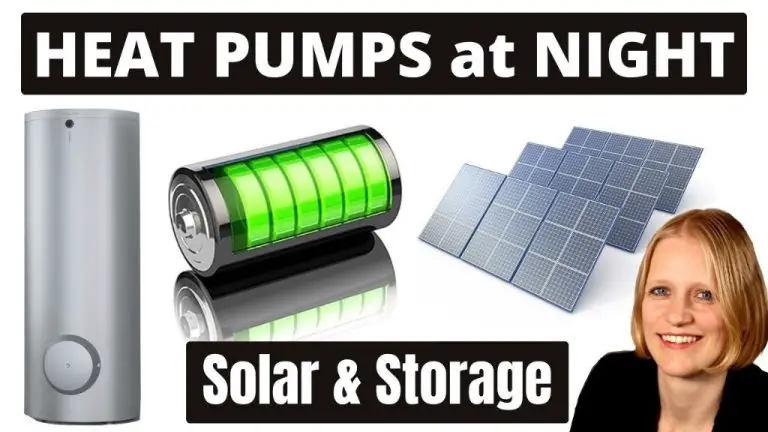What Is A Solar Cell Vs Solar Panel?
Solar cells and solar panels are related but distinct technologies that are used to harness energy from the sun. Though the terms are sometimes used interchangeably, there are important differences between solar cells and solar panels.
Solar cells are the fundamental units used to convert sunlight into electricity. They are made up of semiconducting materials like silicon that absorb sunlight and convert it into direct current electricity via the photovoltaic effect. Individual solar cells are typically small, usually measuring a few inches across.
Solar panels, on the other hand, refer to a complete packaged interconnected assembly of solar cells. Solar panels contain a number of solar cells wired together to generate solar electricity at a usable voltage. The direct current electricity generated by solar panels then needs to be converted into alternating current and fed into electrical grids through inverters.
In summary, solar cells are the basic components that convert sunlight, while solar panels are the full sunlight capturing products ready for installation. This article will explore solar cells and solar panels in further detail.
Definitions
A solar cell is the basic unit used to convert sunlight into electricity. Solar cells are made from semiconducting materials that absorb photons from sunlight and convert them into electricity through the photovoltaic effect. Individual solar cells are typically small, usually measuring a few inches across. They can either be circular or square in shape.
A solar panel, also known as a photovoltaic (PV) panel, is made up of many solar cells wired together. The more solar cells in a panel, the more electricity it can produce. Solar panels come in standard sizes, with typical residential systems using 60-cell or 72-cell panels. While individual solar cells produce very little power, connecting them in a solar panel allows them to deliver higher voltages and current.
Components
Solar cells and solar panels have some similar components and some differing components.
Parts of a solar cell:
Solar cells, also known as photovoltaic cells, are made up of several key components:
- Semiconductor material, usually silicon.
- Antireflective coating to reduce sunlight reflection.
- Metal contacts to create a flow for electricity.
- Encapsulant to protect against environmental damage.
Parts of a solar panel:
Solar panels are made up of interconnected solar cells along with additional components:
- Outer glass casing for protection.
- Aluminum framing for structural support.
- Silicone gel to coat and insulate the cells.
- Junction box to connect panels into systems.
In summary, solar cells are the building blocks that form solar panels when connected together in an array. The panels include protective elements while the cells contain the photovoltaic materials.
Function
Solar cells and solar panels work in different ways to convert sunlight into usable electricity. Here’s a quick overview of how each one works:
How solar cells work
Solar cells, also called photovoltaic (PV) cells, are made up of semiconducting materials like silicon that absorb photons from sunlight and convert them into electricity via the photovoltaic effect. When sunlight hits the solar cell, the photons transfer their energy to the semiconducting material, causing electrons to break free from their atoms. These free electrons can then flow through the material to produce an electric current.
How solar panels work
Solar panels are made up of many individual solar cells wired together in a grid-like pattern. The more solar cells in a panel, the more electricity it can generate. When sunlight shines on a solar panel, the solar cells absorb the photons and generate electricity as described above. The electric current from all the solar cells flows together to power whatever the panel is connected to, whether a calculator, house, or electric grid.
So in summary, solar cells convert sunlight into electricity at the atomic level, while solar panels combine many cells to produce a larger electric current that can power real-world applications.
Efficiency
Solar cell efficiency refers to the percentage of sunlight that hits the cell and gets converted into electricity. There are several factors that affect solar cell efficiency:
- Semiconductor material – Materials like monocrystalline silicon tend to have higher efficiency rates than cheaper materials like amorphous silicon.
- Cell temperature – Solar cells become less efficient as they heat up. Using cooling systems can improve efficiency.
- Orientation and tilt – Properly orienting solar panels to maximize direct sunlight improves efficiency.
- Shading – Even small amounts of shading from buildings, trees etc. can greatly reduce cell efficiency.
Solar panel efficiency depends on the efficiency of the individual cells used in the panel and how these cells are wired together. Higher efficiency panels will produce more electricity for a given surface area than lower efficiency panels. However, higher efficiency panels are generally more expensive. Most residential panels have efficiencies between 15-22%, while the highest efficiency experimental panels can reach over 40%.
Cost
The cost of solar cells and solar panels can vary greatly depending on the specific type, size, brand, and other factors. Here is an overview of typical costs:
Solar Cell Cost
Individual solar cells typically cost $0.40-$0.50 per watt. So a small 6″ silicon cell that generates 3 watts would cost $1.20-$1.50. Larger and more efficient cells can cost over $5 per watt. The cost has declined dramatically in the last 10 years as manufacturing has scaled up.
Solar Panel Cost
Complete solar panels cost $0.75-$1.00 per watt, or $750-$1000 for a standard 250 watt residential panel. Commercial and utility-scale systems in the 100+ kilowatt range can cost $1-$1.50 per watt installed. The price of solar panels has also dropped substantially due to larger production volumes and technology improvements.
In summary, a single solar cell costs around $0.40-$0.50 per watt. But when assembled into a complete panel with wiring, inverter, and mounting, the cost rises to $0.75-$1.50 per watt. Improved manufacturing techniques continue to drive down costs and improve affordability.
Lifespan
The lifespan of solar panels is determined by the durability of the materials. Most solar panels come with a 25-year power warranty. However, the lifespan can be longer with proper maintenance and depending on the type of panel:
Solar Cells
- Monocrystalline silicon cells last the longest, around 25-30 years.
- Polycrystalline silicon cells typically last 20-25 years.
- Thin-film cells like CIGS have shorter lifespans of 15-20 years.
Solar Panels
- Monocrystalline and polycrystalline silicon panels typically last 25-30 years.
- Thin-film panels last 15-20 years.
- Panels may last beyond their warrantied lifespans if well-maintained.
Environmental factors like weather, pollution, and physical damage can decrease the lifespan if not properly protected against. Proper installation, maintenance, and cleaning are key for longevity.
Applications
Solar cells and solar panels have a wide range of applications that take advantage of their ability to convert sunlight into electricity. Here are some of the main uses of each:
Uses of Solar Cells
Solar cells are often used in small applications where portability and small size are important, such as:
- Calculators
- Watches
- Toys
- Portable chargers
- Spacecraft and satellites
Their small size makes them ideal for powering these types of devices. Individual solar cells can also be wired together to form solar panels and be used in larger systems.
Uses of Solar Panels
Solar panels are used in larger solar power systems to generate electricity on a commercial and utility scale, such as:
- Residential rooftop solar systems
- Commercial and industrial solar panel systems
- Solar farms and solar power plants
- Off-grid solar power systems
- Solar-powered vehicles and equipment
Solar panels can contain anywhere from a dozen to several hundred solar cells wired together. Their modular nature allows solar panels to be configured into solar arrays of various sizes to produce electricity on scales ranging from watts to megawatts.
Pros and Cons
Both solar cells and solar panels have advantages and disadvantages that should be considered when deciding which technology to use.
Advantages of Solar Cells
– Solar cells are small, lightweight, and modular, allowing flexibility in design and installation.
– They can be used in a wide variety of products, including calculators, watches, and satellites.
– Solar cell manufacturing technology is rapidly improving, driving costs down.
Disadvantages of Solar Cells
– Solar cells are relatively inefficient compared to other energy technologies. The highest efficiency solar cells are complex and expensive to produce.
– Their small size means they cannot directly produce large amounts of electricity like a solar panel array.
– Durability and lifespan can be limited, especially in high temperature environments.
Advantages of Solar Panels
– Solar panels are designed for optimizing energy output for a given surface area, making them efficient for large-scale electricity generation.
– Installing solar panels on rooftops or over parking lots and fields allows for local, renewable energy production.
– Solar panels can be connected to the grid, allowing households or businesses to reduce grid electricity usage.
– Modular design allows solar arrays to be scaled to different energy needs.
Disadvantages of Solar Panels
– Solar panels are heavy, bulky, and have more complex installation and mounting requirements compared to small solar cells.
– Sun tracking equipment is often needed to maximize energy output throughout the day.
– Large surface areas are required to collect meaningful amounts of solar energy.
– Output varies with weather conditions and time of day. Energy storage or supplemental sources are required to provide continuous power.
Conclusion
In summary, solar cells are the building blocks that make up solar panels. Solar cells are made of semiconducting material that converts sunlight into electricity. Multiple solar cells are connected together and encapsulated behind glass to create a solar panel. The main purpose of solar panels is to absorb and convert sunlight into electricity that can then be used to power homes, buildings, and more.
The key differences between solar cells and solar panels are:
- Solar cells are the individual units that convert sunlight into electricity.
- Solar panels are made up of many solar cells wired together in a sealed protective layer.
- Solar cells produce a small amount of voltage and current. Solar panels produce higher voltage and current by combining many solar cells.
- Solar cells are usually small, several inches across. Solar panels can cover large areas, several feet across.
- Solar cells are fragile, require protection, and work best when part of a solar panel.
So in summary, solar cells are the basic building blocks, while solar panels are the complete end-product ready for installation and electricity generation.

